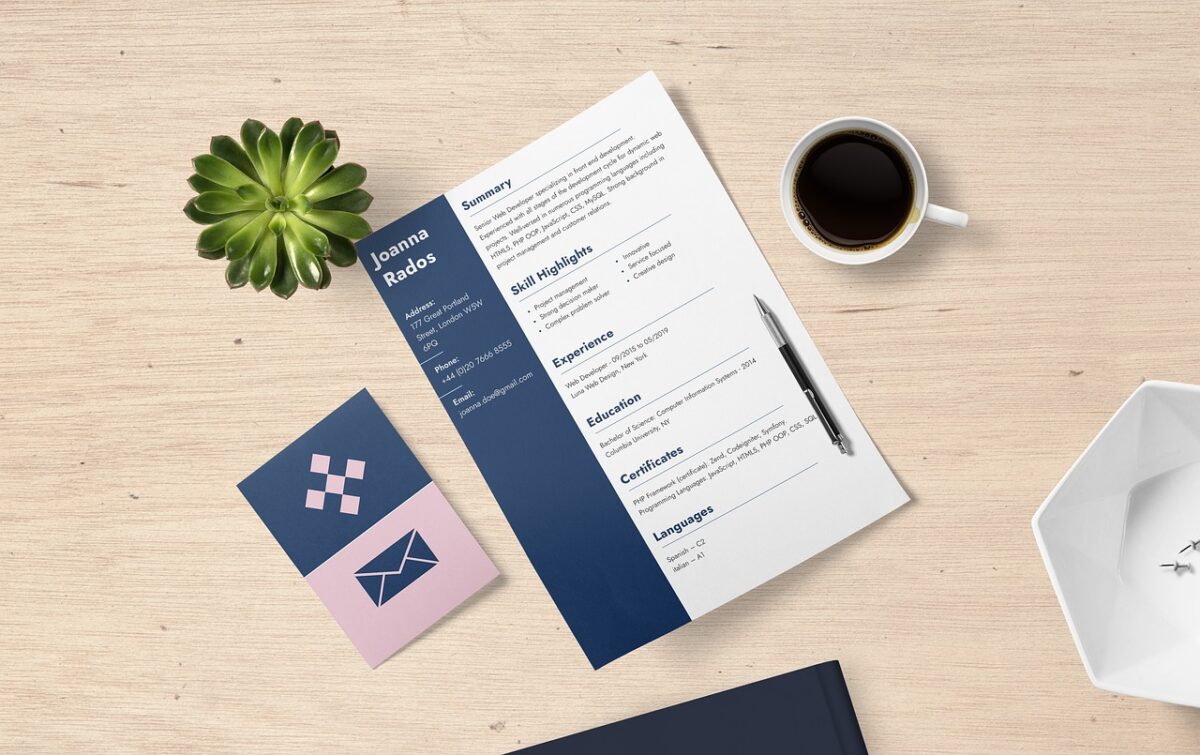Creating A Talent Pool

A talent pool is a vital resource that helps reduce the costs and time associated with the hiring process. An effective talent pool consists of highly qualified candidates with validated suitability and skills.
What Are Talent Pools?
A talent pool is a candidate database made up of quality candidates that expressed an interest in working for your company or that your recruiters have assessed as having the skills and experience you desire. Effective talent pools may hold the data of past employees, employee referrals, unsuccessful candidates that applied for a job, and individual’s identified in a talent community, such as a career site, job board, or career-focused social media sites.
The Benefits Of Building Talent Pools
Aside from reducing your hiring costs and speeding up your recruiting process, your company benefits from:
- Always having suitable candidates at hand – with the skills and expertise you need.
- Having a long term recruiting strategy – that considers succession planning for crucial roles.
- Having identified passive candidates – which you can also attract through publishing career-focused news and industry insights.
How To Create An Effective Talent Pool
There are many ways to build a talent pool, and we reveal how to start your sourcing process.
Add Previously Sourced Candidates
The quickest and most straightforward way to build talent pools is to add potential candidates you have communicated with but at the time did not have a suitable role. You should aim to keep these potential applicants engaged with a constant flow of industry news, event invites, and technological developments.
Re-Engage Previous Applicants
Your recruitment process should offer an excellent candidate experience throughout, even if they become unsuccessful applicants. You can fuel your talent pooling by sharing constructive feedback, explaining the next steps, answering questions promptly, being transparent and honest, and adhering to a communications timeframe.
Create A Landing Page For External Candidates
In an ideal world, you would have job opportunities today for interested candidates who would willingly join your team. However, this is rarely the case, so you should plan an alternative that feeds them into your talent pipelines and encourages them to find out more about different departments or divisions.
Resources for small businesses
Build Internal Talent Pools
When you are recruiting for senior roles, don’t forget your internal candidates, a.k.a. your current employees. You already know their skills, their job descriptions, and if they are a company culture fit. Recruiters should speak to department managers often to identify if any internal candidate is showing promise and learning new skills to meet your future needs. Recruiting internally will also keep your recruitment costs within budget.
Engage Students For Future Roles
Students and soon-to-be graduates and well worth feeding into your talent pipeline, prepping them for your future opportunities. Opportunities for building your talent pool with students includes providing part-time work, work experience/shadowing, and summer internships. You can also leverage social media campaigns and show off what it is like to work for you via company culture videos.
Add Former Employees To Your Talent Pool
Your talent acquisition strategy and talent pool building shouldn’t overlook your former employees. While they may have left your employment, that doesn’t mean they aren’t high quality candidates interested in future job openings. To determine if they will be a suitable candidate for re-employment, conduct exit interviews and ask if they would work for you again and what would persuade them to come back. The answers will allow you to decide if they are great candidates to add to your talent pool.
Group Candidates By Type
We have identified several types of qualified applicants and top candidates, including students, current talent, and past employees. It will help your efforts in sourcing candidates in the future if your recruitment software or Applicant Tracking System collates these into groups for continued engagement. You can then engage top talent by sending them well thought out and relevant content, making them receptive to your future proactive recruiting strategies.
Building Talent Pools With Active And Passive Candidates
As we have shown, developing a talent pool means attracting people to your employer brand before, during, and after you have talent needs. Your small or medium-sized business can learn what the ideal candidate looks like by reviewing who you have employed before. You can create a virtual portfolio of skills and abilities that the right candidate would have. Your business can collect their data, with their permission, from previous campaigns, social recruitment drives, employee referrals, and building employer branding on websites where employee testimonials are posted.
Building a talent pool requires transparency and careful communication where you continuously engage with candidates, even when you’re not recruiting. You could create work experience schemes and apprenticeships to attract students and access CV databases, to assess and collate candidate profiles of individuals already in the workplace.
Small Businesses Guide For Cost Effective Recruitment
Creating A Talent Pool is a chapter from our Small Business Guide For Cost Effective Recruitment. In this recruitment guide, we explore:
- Why Should SMEs Build An Employer Brand?
- Preparing Job Descriptions
- Introducing An Employee Referral Scheme
- Social Media Hiring Strategies For SMEs
- Posting On Job Boards And Leveraging Fixed Cost Recruitment
- Centralising Recruitment With ATS
- Creating A Talent Pool
- Defining Your Interview Process
- Presenting A Job Offer
Download the Small Business Guide for Cost Effective Recruitment



